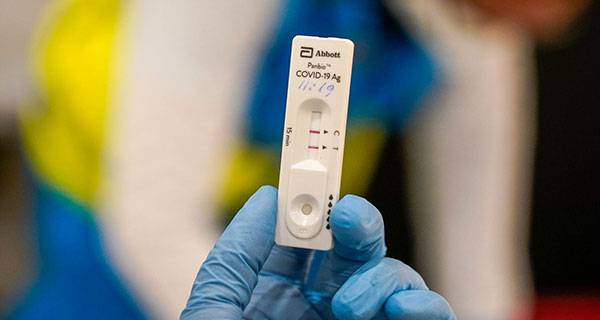On the morning of Oct. 2, just as the U.S. was waking up to news that the president and first lady were infected with Covid-19, the New York Times was featuring a story with the headline “Colleges Learn How to Suppress Coronavirus: Extensive Testing.” And yet, President Donald Trump had often claimed he was getting tested regularly — maybe even every day. Does the White House outbreak erode the case for keeping schools and workplaces open with extensive, rapid testing?
Testing had been looking good, with new technologies promising fast, cheap tests as a tactic to prevent Covid-19 spread while allowing more of the interactions needed for commerce, travel, education and human happiness.
It’s hard to know how or whether testing failed in the White House until the president agrees to disclose who got tested, when they were tested, what kinds of tests were used, and how long it took to return results. Beyond that, testing was never geared to work in the absence of any other measures. Footage of a Rose Garden event six days earlier showed people hugging and kissing, congregating indoors with no masks, and otherwise acting as though the pandemic were on some other planet.


